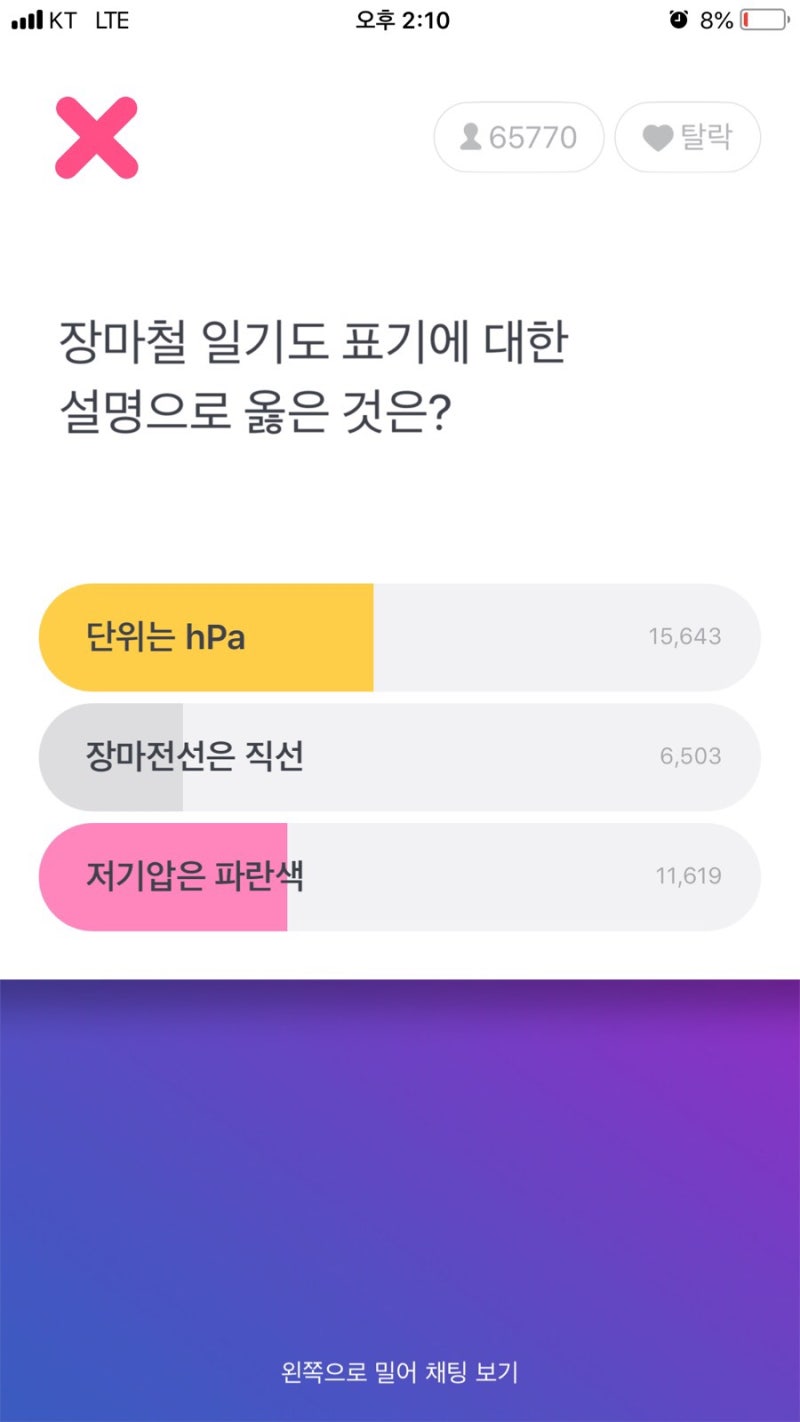Hello, gatsby.
Serengeti (serengeti) and Safari (safari) mean?
Today, that means ‘trip’ in Swahili, look in Safari.
Safari (safari) in Swahili means ‘trip’.
The Swahili language most widely used in East Africa in the country of Tanzania, Kenya, Uganda, Rwanda, Uganda and Mozambique are used.
On expedition trip up to hunt in East Africa Safari said, (safari) that drove wild animals in zoo, or other wildlife in Africa these days. Being used more as see.
Then the Serengeti What do you mean?
The name of the Serengeti for Africa (serengeti), the Maasais African soil, with endless grasslands, which means in the language.
Southwest Tanzania in western Kenya over 30 species of herbivores, as a land where more than 30,000 km ² More than 500 species of birds is said to be a place to live with.That 75 percent of southern Tanzania's Serengeti in Kenya, and the remaining 25 percent are within the border said.
Serengeti Plains in the dry season of May every year to those animals inhabiting the Kenya Masai, say a mass exodus to the grasslands near Lake Victoria marana.
Serengeti National Park is located on a mass exodus of many tourists visit here in order to do a safari?
Then the Serengeti What do you mean?
The name of the Serengeti for Africa (serengeti), the Maasais African soil, with endless grasslands, which means in the language.
Southwest Tanzania in western Kenya over 30 species of herbivores, as a land where more than 30,000 km ² More than 500 species of birds is said to be a place to live with.That 75 percent of southern Tanzania's Serengeti in Kenya, and the remaining 25 percent are within the border said.
Serengeti Plains in the dry season of May every year to those animals inhabiting the Kenya Masai, say a mass exodus to the grasslands near Lake Victoria marana.
Serengeti National Park is located on a mass exodus of many tourists visit here in order to do a safari?
